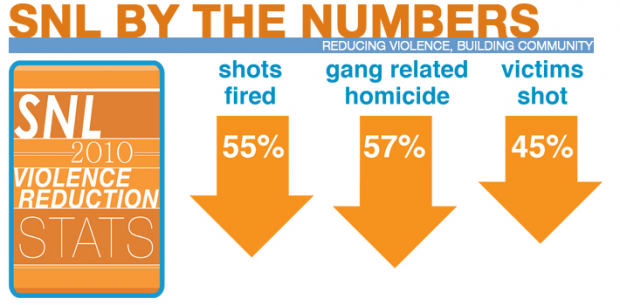So now we've heard from the NRA which asserts that we need to put armed police in every school, then adding, "The only thing that stops a bad guy with a gun is a good guy with a gun."
It sounds good, but as Josh Sugarmann of the Violence Policy Center said today in a statement, that's been tried already -- and it didn't work. "There were TWO armed law enforcement agents present at Columbine High School during the assault by Eric Harris and Dylan Klebold that left 15 dead and 23 wounded. They twice engaged and fired at Eric Harris in an effort to stop the shooting, but were unsuccessful because they were outgunned by the assault weapons wielded by the two teens.”
And if you're thinking that having a gun protects you from guns, think again. After all, Rachel Davis, Managing Director of the Prevention Institute points out, in Newtown, Adam Lanza first killed his mother, a gun enthusiast. "The first victim of this shooting was a gun owner who was not able to stop this from happening," Davis says. "The problem of guns is they raise the risk of lethality."
We are a society that craves simple solutions, yet violence is a complex problem. That doesn't mean nothing can be done. While Davis favors an assault weapons ban, she says that's only one piece of a comprehensive approach. "Another piece," she adds, "is addressing mental health needs -- that includes access to high quality mental health services, reducing the trauma people are exposed to and then addressing the trauma."
Mass shootings in Newtown understandably capture widespread media attention, but remember that children are murdered every day by firearms. In 2010, according to CDC numbers, 1,260 children up to age 18 were killed by someone who used a gun. That's more than three children every day -- or 21 children in the week since Newtown.
